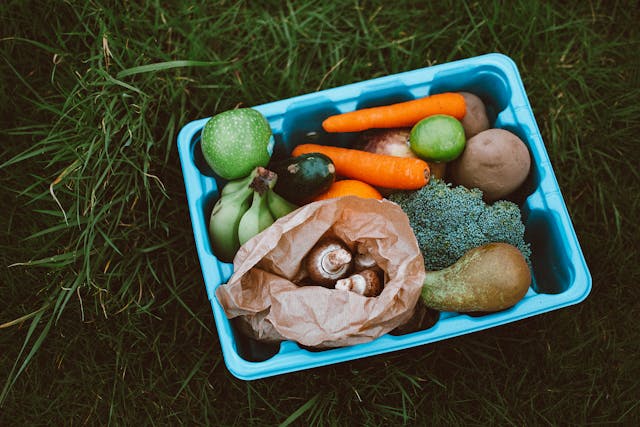Food production is a cornerstone of human civilisation, fundamentally influencing the alterations humans have wrought upon the Earth’s landscapes. Cultivating food and delivering it to people’s dining tables involves energy and resource consumption. Regrettably, around one-third of all food produced worldwide goes uneaten and is discarded. Therefore, minimising food waste is crucial for cultivating sustainable societies.
According to government reports, in 2021, an alarming 2.47 megatons of food waste was generated in Japanese households, with a significant portion potentially still fit for consumption. This indicates considerable potential for Japan to reduce household food waste. However, a detailed understanding of which food types are most frequently wasted, their associated greenhouse gas emissions, and the demographics most inclined to waste food still needs to be improved.
To address this knowledge gap, a team led by Associate Professor Yosuke Shigetomi from the College of Science and Engineering at Ritsumeikan University, along with Ms. Asuka Ishigami from Nagasaki University, Associate Professor Andrew Chapman from Kyushu University, and Associate Professor Yin Long from The University of Tokyo, undertook an extensive study. Their research, published in Nature Communications on 21 October 2024, analysed food waste in Japanese households by incorporating demographic and dietary data, revealing significant correlations between food waste volumes, types, associated emissions, and the age of the individuals involved.
The team utilised data from existing surveys to calculate the ratio of the edible-to-inedible portion for over 2,000 food items. It measured the actual volume of food waste for different food categories. They integrated these findings with socio-economic data related to food, exploring the impact of age and other factors on the types and quantities of approximately 200 foods wasted.
Dr. Shigetomi particularly acknowledged Ms. Asuka Ishigami’s contribution to the research. “Ms. Asuka Ishigami, who I supervised at my previous institution, Nagasaki University, played a crucial role in gathering the foundational data and performing the initial analyses for this study during her undergraduate thesis project,” he stated.
A striking discovery from the study was that the quantity of food waste per capita in households tended to increase with the age of the household head. Elderly households, for instance, were found to produce nearly double the food waste of households led by individuals in their 30s. Vegetables emerged as the most frequently wasted food category, and the age of the household head also appeared to influence the greenhouse gas emissions linked to food waste, with vegetables, ready meals, and fish and seafood being significant contributors.
These findings underscore the direct relationship between an ageing population, food waste, and its associated emissions. Dr. Shigetomi emphasised the need to consider demographic factors when devising strategies to curb household-generated food waste. He also highlighted the necessity of focusing on dietary preferences and lifestyles across different generations, especially given the trend towards vegetarianism as a strategy to combat climate change.
Ultimately, the insights from this study are vital for formulating effective strategies to reduce food waste and enhance public awareness of its environmental risks. Educational initiatives could significantly aid in encouraging more mindful food consumption, cooking, storage practices, and waste reduction, thereby mitigating the environmental impact of discarded food.
More information: Yosuke Shigetomi et al, Curbing household food waste and associated climate change impacts in an ageing society, Nature Communications. DOI: 10.1038/s41467-024-51553-w
Journal information: Nature Communications Provided by Ritsumeikan University








